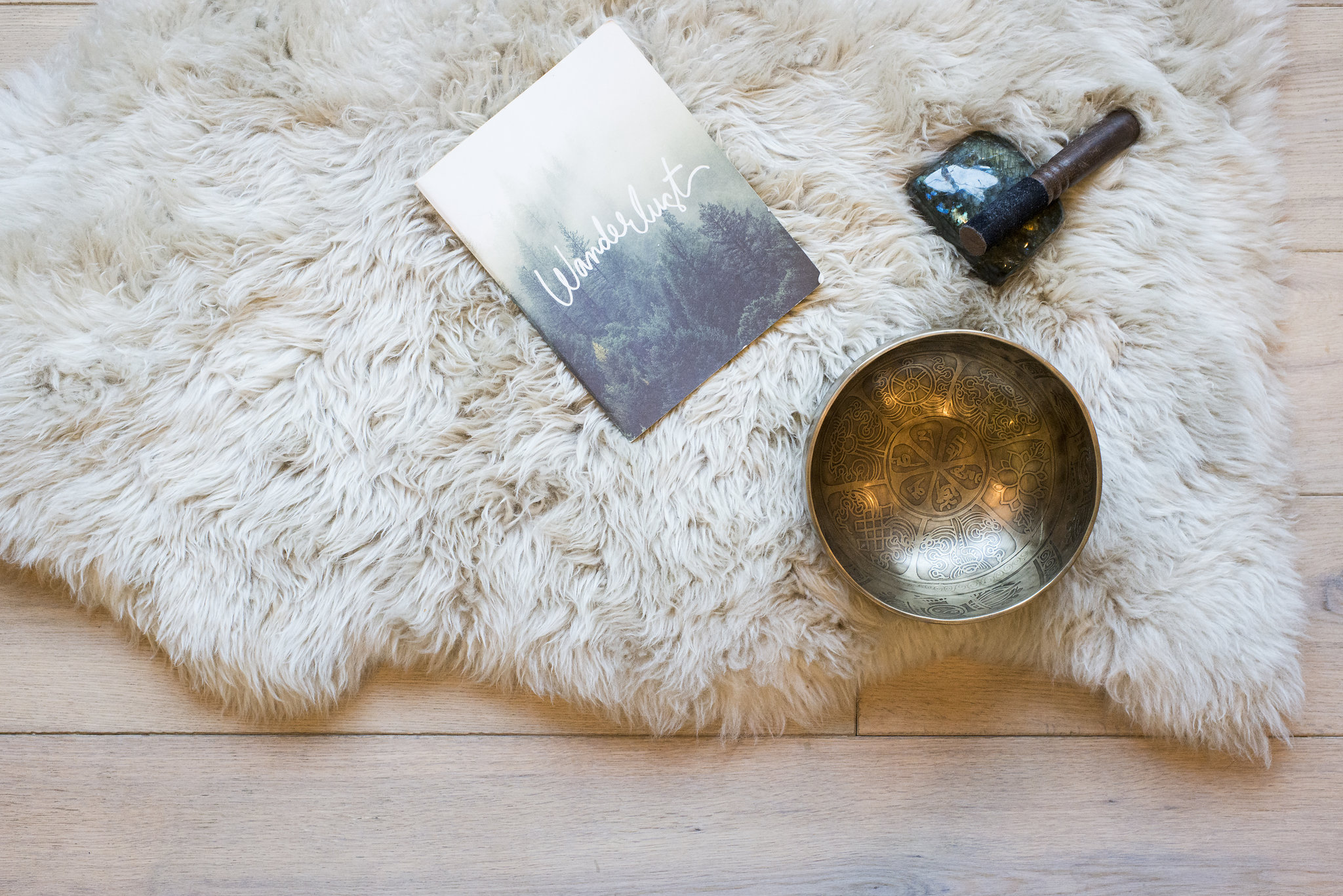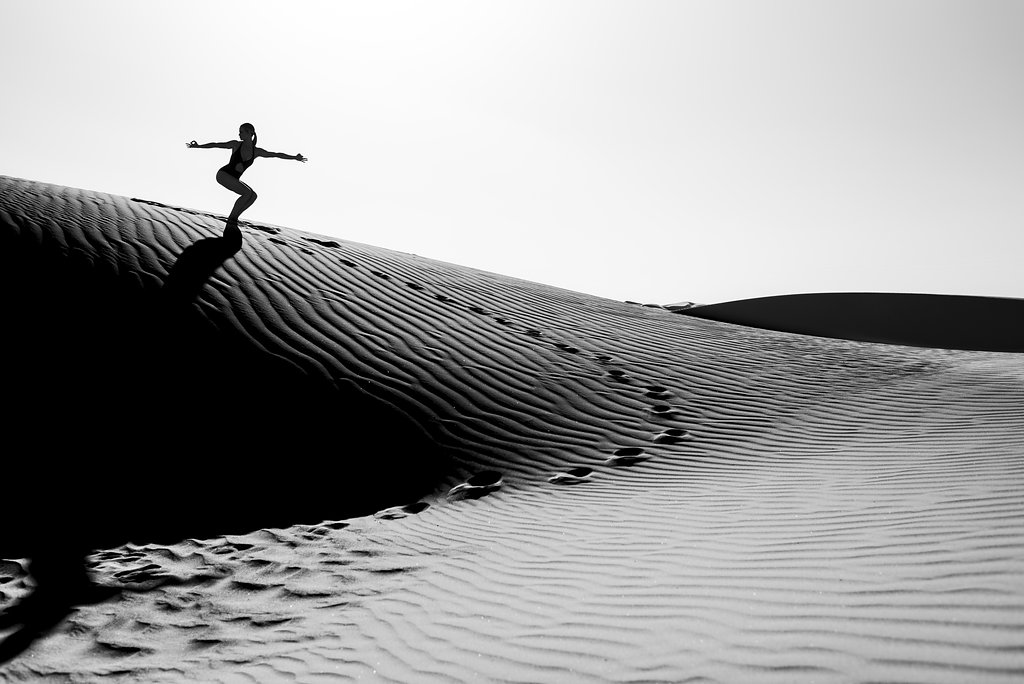Simply with mindfulness and reverence.
Rituals are often lost in our modern-day hustle and bustle. We work to get things done and strike another item of the list. We rush through our mornings trying to pull everything together, rushing our kids out the door and our bodies into motion. We hurry up to hurry up a little more, tackling our to-dos with our caffeine infused veins and often distracted minds. We return home exhausted and ready for a release. We are often too tired to deeply connect with our loved ones or even process the events of the day. And on and on the cycle goes, one day leading into another, waiting for the weekend, our next vacation, or another day to reflect on our lives and our direction.
While busy-ness may be the norm, it doesn’t allow us the space we need to gain a conscious connection with our life and influence not only its direction, but gauge our satisfaction and fulfillment with it.
Rituals create a container in which we give ourselves space and permission to process emotion and keep ourselves anchored to our path.
Rituals don’t have to be constrained by ancient laws, but they can certainly be informed by them. By loosening our definition and perception of what they might entail we allow an opening in which we can FEEL into what is right for us. We all have rituals in our lives. We may label them daily routines or habits, but they are there. The difference however, is often what we do habitually is done without mindful attention. Our habits allow us to function more efficiently because we don’t have to be fully present to them. We can brush our teeth while thinking about the morning meeting. This is a routine.
However, if we bring mindfulness into our action we can transform a mindless act into sacred space.
Rituals can be both daily or enacted in times of transition or celebration. One important time to seek out rituals is during deeply emotional times, when processing and healing is needed. Pain when not processed properly and allowed to be felt can lead to depression, disease and more disconnection with life. When we perform rituals, we allow these emotions to bubble up to be felt and seen so that they may pass. When we stuff emotions, they often become like an unruly child starving for our attention. The more we push down and ignore, the louder they become until they begin manifesting in our outer world as a reflection of our inner life. Or as Swiss psychologist Carl Jung theorized,
“Whatever is rejected from the self, appears in the world as an event.”
Left unresolved these emotions will ultimately grab our attention one way or another. However, if we can recognize what may be bubbling up with us, we can create a safe place for these emotions to be heard. Elizabeth Gilbert, author of the famed “Eat, Love, Pray” concludes, “This is what rituals are for. We do spiritual ceremonies as human beings in order to create a safe place for our most complicated feelings of joy or trauma, so that we don’t have to haul those feelings around forever, weighing us down.”

Depending on what needs to be processed we can look to ancient rituals for guidance, but often what is needed is listening to our intuition about what would feel most meaningful for us. There is no one size fits all formula because what we need, value and perceive is completely individual. There is nothing wrong with completely creating your own ritual from scratch and, in fact, I would encourage it. For instance, perhaps you are dealing with a painful breakup. You want to move on, but your emotional cords keep you connected to constantly thinking and re-living moments from your past. You may want to enact a ritual for clearing away or cutting cords to this individual or you may want to develop your own. Some ideas might include: burning old mementos or letters under the full moon, allowing your higher selves to meet and receive answers while in a meditation, writing a letter and mailing it to the Universe, journaling or drawing your emotions. According to behavioral scientists and professors, Francesca Gino and Michael I. Norton, at Harvard Business School,
“Rituals performed after experiencing losses – from loved ones to lotteries – do alleviate grief.… What’s more, rituals appear to benefit even people who claim not to believe that rituals work.”
Often when closing a chapter engaging in a physical process can help. Our bodies and souls know how to process emotions when we allow the mind to rescind. Default to their wisdom. Move, dance, cry, scream, laugh, breathe deeply and purge. Allow the energy and emotion to be released so that it and you can move on. We were never meant to hold and yet fear keeps us from diving into the unknown. When we release we create space for new blessings and wisdom to come into our lives with a deeper faith in life that whatever comes our way, we will be able to handle it.
Rituals, however are not only meant for times of great need, they are also intended in times of celebration and to keep our daily lives on track. Simple morning rituals, like an inviting cup of tea or hot lemon water, a morning prayer or meditation, or a daily diary offer check in points that remind us to live with our intention. It can be said that the quality of our lives is reflected in the quality of the questions that we ask. So, ask yourself the big questions and the create space for your soul to answer. In the beginning her voice may be soft and subtle, so take care to allow time for it to deepen. Creating rituals makes taking the time a little easier, a little more like “this is just what I do.” Just like a new exercise routine may be challenging in the beginning, with time we strengthen our resolve and look forward to this space.
I also believe that rituals can be used to connect us to our personal mythology. The famed, Joseph Campbell believed that we are all on our own hero’s journey. A personal legend, synonymous with the sacred journey into finding our own soul’s purpose. These mythical journeys repeated in different cultures at different times, but all illustrated the same universal patterns and themes. By understanding this basic framework, we can bring awareness to the challenges presented as a necessary event on the hero’s journey, aiding us in cultivating the skills, courage, strength and voice that will be essential to completing our soul’s purpose. But how do we uncover that purpose or reconnect to it when we have gone astray? While in the midst of our journey we are often too close to see the bigger vision, we get lost in the everyday and forget to take the time to check in with our soul. These “check-ins” are the basis for 52 Rituals. We create time and space to connect to our higher self by first creating a clear vessel through clean eating and movement and then we find ways to connect and uncover the language of the soul.
One way we can gain perspective and an understanding of our unique soul’s language is through art and creativity. Ultimately if we are able to uncover the way our soul speaks to us, we can start to tune into its direction and fuse together its themes. Creative rituals can help you connect with a deeper, often unheard part of self. This may be part of you that you have stuffed down and ignored for various reasons or have quieted because of an emphasis on perfectionism. Creativity is one way in which we can tap into a different part of the brain and move into a flow state. During these states, we can gain access to deeper aspects of self, what brings us joy and what still may be in need of healing. We may be able to express events or parts of self that you may find difficult to verbalize or even make rationale sense. Ultimately, over time we will begin to see a theme to our work, its symbols, voice, and offering. It will provide the “guide posts” on our path, pointing the direction to our bigger purpose and personal journey.
Perhaps, you are experiencing some resistance even reading about this way of being. Often as adults we confuse being creative with artistic. We use the terms interchangeably which causes us to not use or claim our creativity because we don’t believe we are “good” at drawing, painting or things we term as “artistic”. The use of creative rituals helps to uncover these “lies”, we may have told ourselves and help us tap back into our creativity. Like a muscle, it takes time to strengthen and learn to trust this voice inside. Julia Cameron, playwright and famed author of The Artist Way, believes in making Artist Dates with yourself, as do I. These dates, which I call, Soul Adventures, are rituals that I have used myself for healing and exploration. Try to bring an open mind and playfulness to these dates.
Remember, we are concerned with the process not the ultimate product produced by these dates. We are looking for an entry point into soul. We are looking for that little spark that says “yes this way” so we begin to follow soul, not ego, down our personal path.
We can also find this wisdom when we slow down to consciously connect with others. In connection we not only feel supported, but we also gain valuable information about the self. Some questions that might emerge are: “What aspects of myself are being reflected through this relationship?” “What patterns can I see emerging?” or “What is the person showing me under their surface words or actions?” Carl Jung said, “Everything that irritates us about others leads to an understanding of ourselves.” Projections, both what we perceive as “good” or “bad”, are simply an instrument for us to better understand the often shadow or hidden sides of self. Often what we most reject in ourself, will be reflected in our outside world. Nonetheless, without time to deeply meditate or process this information in some way, we often get lost in our surface irritation letting blame solely rest on “the other”. Never actually seeing our own reflection and the deeper meaning each interaction holds for us. Rituals, however, assist us in finding ways to digest and process this information so we may begin the journey into reintegrating these lost or rejected aspects of self. What begins outwardly as a connection or friendship ultimately becomes a tool to greater self-knowledge and awareness through meditation, self-inquiry and journaling.
Ultimately our lives will lead us towards “waking up” to this call, to search for deeper meaning and purpose. You may just be beginning your soul’s evolution or already logged years on the path, either way rituals will aid you by providing the structure and framework for complex emotions and deep soul work. They will not only hold space but provide “bumper rails” to keep us on OUR path. It’s easy to look to others’ successes’ and want to follow their how-to’s but our happiness and purpose is uniquely ours. As Krishna tells Arjuno in The Bhagavad Gita, it is “far better to live your own path imperfectly then to live another’s perfectly.”



This came just at the perfectly divine time. Thank you for the reminder of “artist dates” as these times have been some of my most fruitful, healing moments in going within.
This is such a beautifully written reminder into being more proactive in transforming my day to days into ritual moments that nourish the soul.